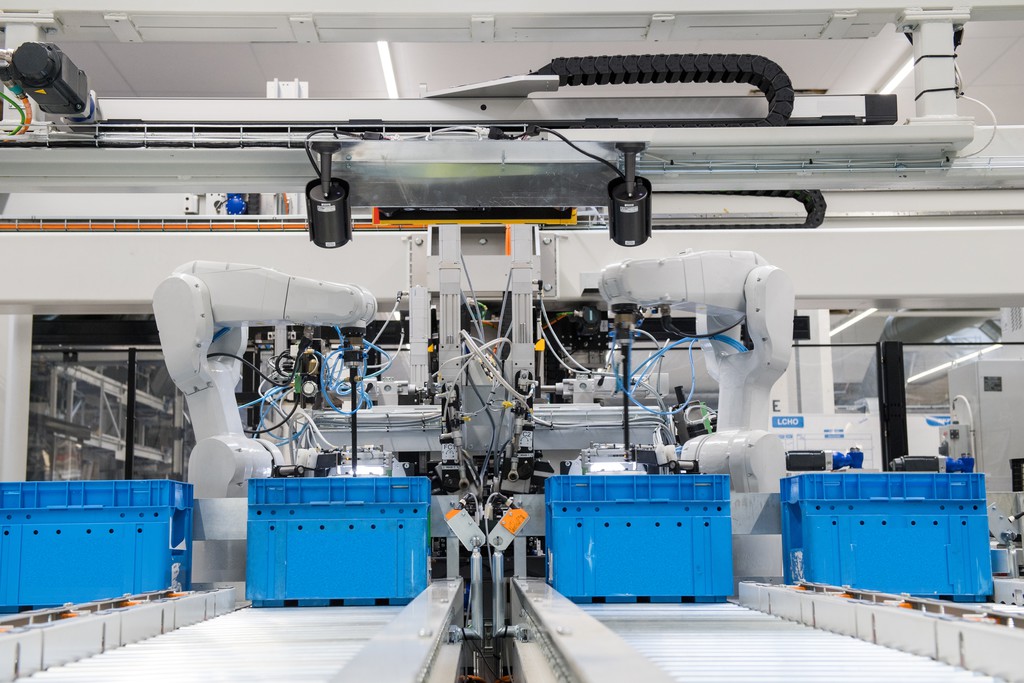
 |
Charlotte Stonestreet
Managing Editor |
The road to digitalisation
29 June 2017
Suppliers to manufacturing industry are queuing up to promote their respective views on the implications of digitalisation.

In the last month the automation equipment supplier Mitsubishi Electric hosted journalists at their UK headquarters in Hatfield for the launch of a 28-page whitepaper called Industry 4.0 - The road to digitalisation in future manufacturing. It sets out to explain the background, consider the challenges and offer approaches to the adoption of I4.0 related technologies.
The benefits which I4.0 can deliver for industry – and thus ultimately for consumers – include lower costs, faster production, better resource efficiency, higher quality control and greater product and component traceability.
The two key enabling technologies that should allow I4.0 to deliver benefits are the Industrial Internet of Things (IIoT) and cyber-physical systems. The IIoT enables multiple devices (as simple as a single sensor or as complex as a machine tool) to exchange data using Internet and Ethernet based technologies.
Cyber-physical systems are integrations of computation, networking and physical processes - the convergence of business systems with the physical plant control systems and machines. It is also about measuring actual performance against an “ideal model” - or norm - with a range of new initiatives.
While the paper works through issues of time-sensitive networks (determinism), developments in applicable standards, an interesting chapter - especially in the context of the UK's global trading ambitions - deals with the current and future state of I4.0 in various nations: China, Germany, India, Japan, Korea, Switzerland, Taiwan, the US and the UK itself. Along with India and Japan, the United Kingdom is relatively ill-prepared: a recent survey undertaken by consultancy BDO and the Institution of Mechanical Engineers found that only 8% of a sample of engineers in management or director level posts in UK industry had a ‘good understanding’ of I4.0 and 56% had ‘little or no understanding’. Only a fifth of responding companies had some form of I4.0 strategy in place.
In mitigation, the UK government has established ‘high value manufacturing catapult centres’ across the UK and these centres have taken on a role as thought leaders and proponents of I4.0. It has already announced plans to establish an Institute for Coding to support digital skills.
Earlier in the month, Swedish bearings manufacturer SKF brought a collective of European journalists to London for a summit on the company's position on digitalisation.
"Further digitalisation of established technologies such as condition monitoring and smart sensors could have a revolutionary effect on manufacturing," said Bernie van Leeuwen, director product management digitalisation at SKF. "The ability to collect and manipulate vast amounts of digital information will catapult manufacturing into the future."
SKF has been monitoring equipment remotely for around 15 years, and now has around a million bearings connected to the Cloud. Data from them is gathered and interpreted daily. The ability to handle this data leads to enhanced analytics – allowing SKF to detect earlier potential failures in rotating equipment that affect overall equipment reliability and to get a better understanding of critical product and system design requirements.
The ‘connectivity’ of the data runs in all directions, and can be used in many ways. At its simplest, it connects a sensor to a remote diagnostics centre. However, the data – on the health of a bearing, for instance – can be fed right back to the design stage, and used to help redesign a better product.
Increased digitalisation has also begun to allow more customised manufacturing. Because it can cut machine re-setting times close to zero, there are fewer restrictions to making customised products. Recently, the owner of an aluminium mill required bearings that would allow increased output – through a higher rolling speed – as well as lower maintenance costs and the elimination of unplanned downtime. SKF was able to produce four-row cylindrical roller bearings – complete with optimised surface properties and customised coatings – to boost service life and robustness, as well as designing out product cost.
- Renewables - are investment plans just hot air?
- All systems grow
- Meet us at MACH
- Robots trapped between a rock & a hard place
- Food for thought
- Another step forward
- Li-Fi: How many light bulbs does it take to change the internet?
- Purple squirrels
- SMEs urged to harness Industry 4.0 - or risk falling behind
- Industry 4.0 – the enemy of climate control?
- No related articles listed


















